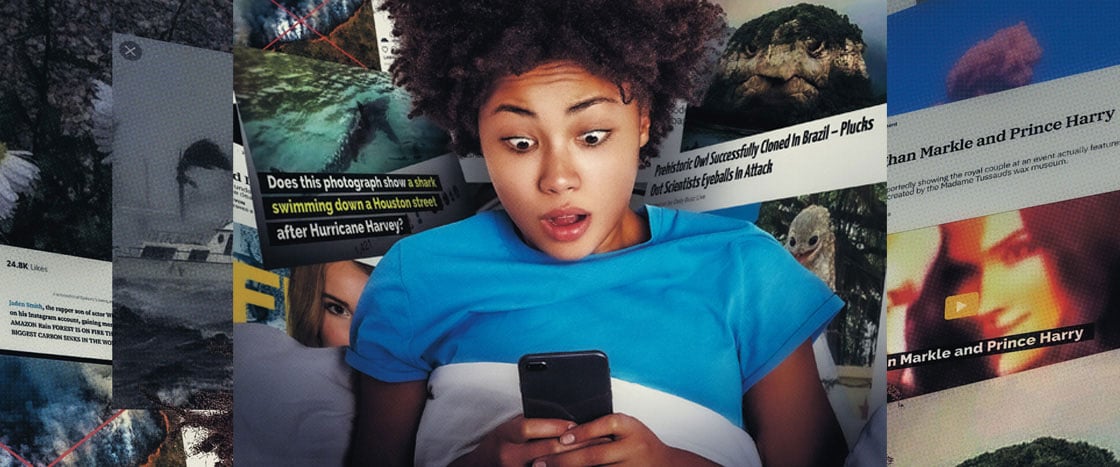Last March, a terrifying news report went viral. A photo showed a lion prowling a city street. The caption read: “Breaking News: Russia unleashed more than 500 lions on its streets to ensure that people are staying indoors during this pandemic outbreak.”
If you think this story sounds too ridiculous to be true, you’re right.
The truth? Someone found an old photograph of a lion on the set of a movie in South Africa and slapped a made-up caption on it. The “breaking news” was completely false.
Why would anyone make up such a story? And why did so many people believe it?

